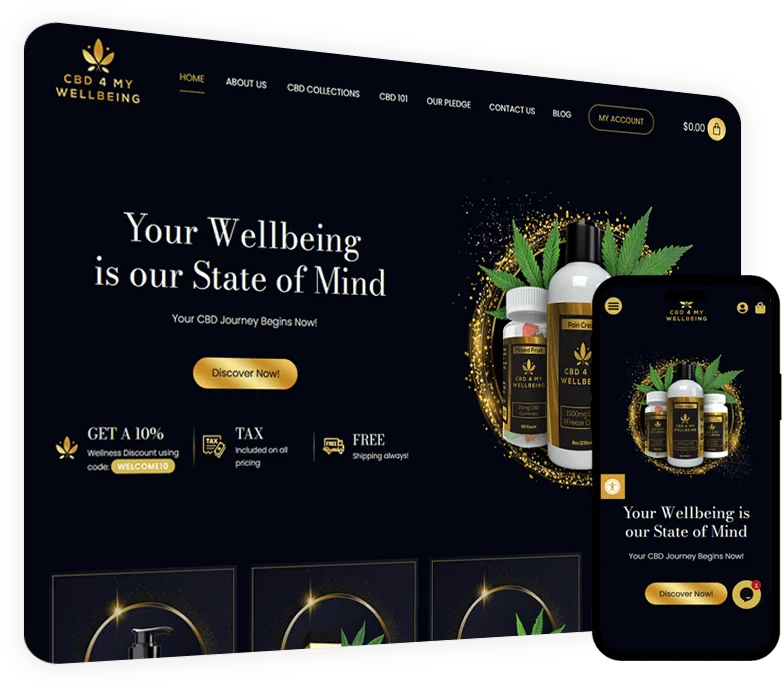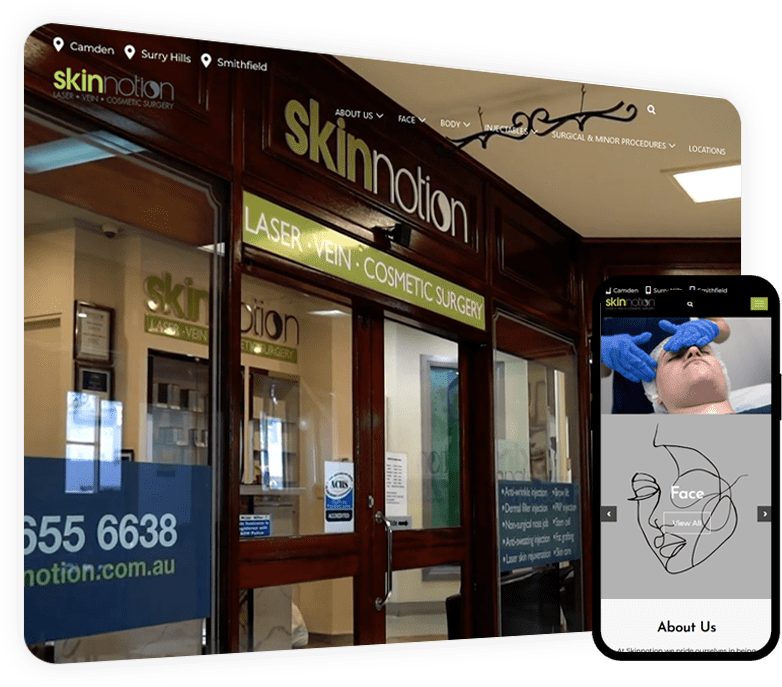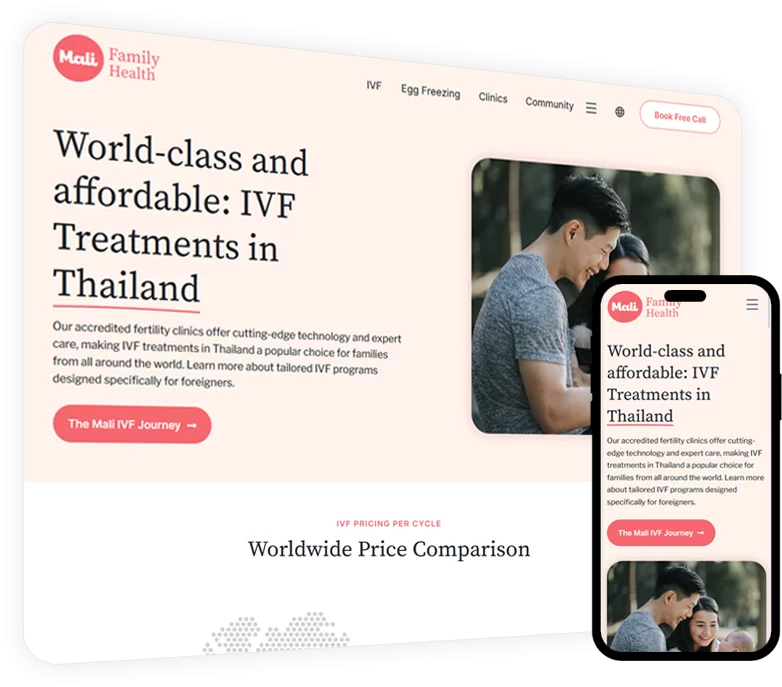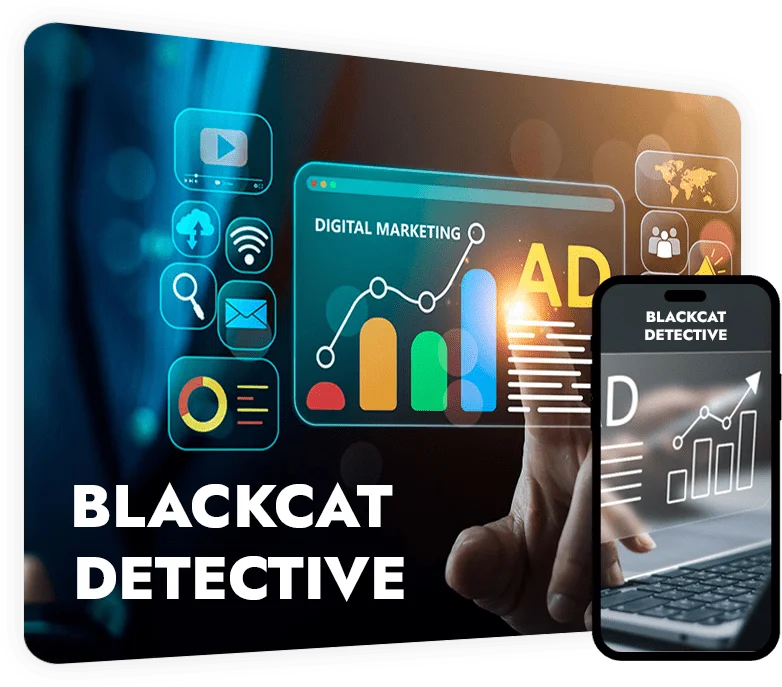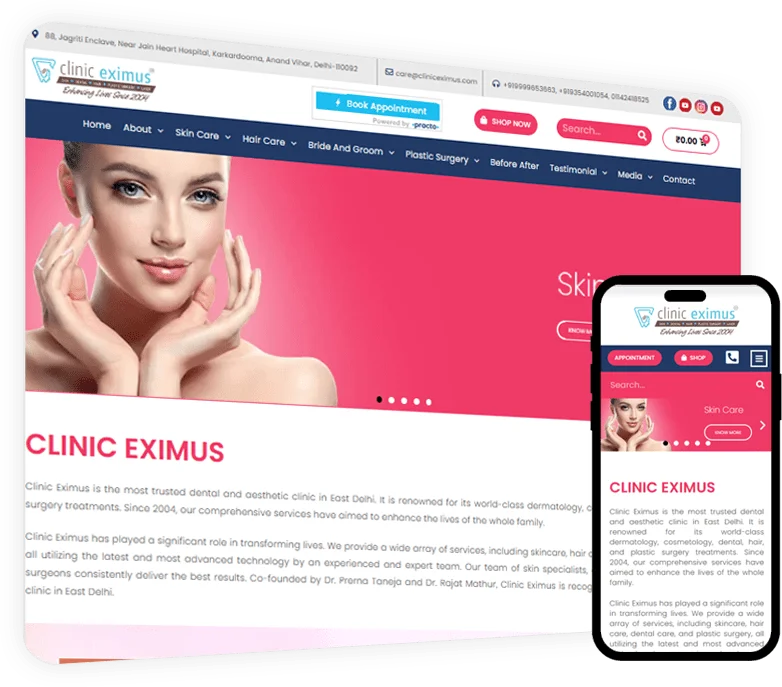Social media has become a crucial platform for brands and individuals to connect with their audience.
However, with millions of posts published every day, creating engaging content that captures attention and drives interaction is more challenging than ever. In this guide, we’ll cover strategies, tips, and best practices to help you create compelling social media content that works.
Approximately 54% of internet users utilize social media to research products before making a purchase, highlighting the role of engaging content in influencing buying decisions.
1. What is Engaging Content on Social Media?
Engaging content on social media refers to posts, videos, images, and stories that capture users’ attention, encourage interaction, and drive meaningful conversations. Engagement metrics include likes, shares, comments, clicks, and time spent on a post.
According to a recent study by HubSpot, social media posts with high engagement can increase brand awareness by up to 67% and improve conversion rates by 30%. Creating engaging content ensures that your posts are prioritized by platform algorithms, leading to higher visibility and greater brand recognition.
2. Why Is Engaging Content Important?
Creating engaging content is crucial because social media platforms prioritize content that receives interactions. Algorithms such as Facebook’s EdgeRank and Instagram’s engagement-based ranking determine the visibility of posts based on user interaction. High engagement leads to:
- Greater reach: Posts with high engagement appear more frequently in users’ feeds, increasing visibility without additional ad spend.
- Improved brand trust: 81% of consumers need to trust a brand before making a purchase (Edelman Trust Barometer, 2023). Engaging content helps build credibility and a strong community.
- Higher conversions: Interactive content generates 2x more conversions than static content (Content Marketing Institute, 2023). Engaged audiences are more likely to take action, such as signing up for newsletters or making a purchase.
Short-form video content is 2.5 times more engaging than other content types.
- A significant 73% of businesses employ organic social media strategies to distribute content, reflecting confidence in its ability to reach and resonate with target audiences.
- Visual content is over 40 times more likely to be shared on social media than other types, indicating the power of compelling imagery in amplifying brand messages.
- Over a third (36%) of businesses allocate between 10% to 29% of their marketing budgets to content marketing, demonstrating a strategic investment in content creation.
- Notably, 72% of marketers report that social media marketing has been effective for their business, underscoring the tangible benefits of engaging content strategies.
3. How To Create Engaging Social Media Content?
3.1 Understand your audience
Before creating content, you need to know who your audience is and what they want to see. Conduct audience research by:
–Analyzing demographics (age, location, interests).
–Understanding their pain points (what problems you can solve).
–Checking analytics (Instagram Insights, Facebook Audience Insights, Twitter Analytics).
–Observing competitors (what works for similar brands).
When you tailor content to your audience’s preferences, you increase the chances of engagement and conversions. The indivi
3.2 Focus on high-quality visuals
Social media is a visual-first platform, meaning eye-catching graphics, photos, and videos are essential. To stand out:
–-Use high-resolution images that align with your brand.
–Create short, engaging videos (Reels, TikToks, YouTube Shorts).
–Add subtitles to videos for accessibility.
–Leverage Canva or Adobe tools for professional-looking graphics. Maintain a consistent brand aesthetic (colors, fonts, themes).
Platforms like Instagram, TikTok, and Pinterest prioritize visual content, so investing in quality visuals is a must.
3.3 Craft compelling captions & headlines
Your text should be as engaging as your visuals. A strong caption or headline should:
–Grab attention immediately.
–Be short, clear, and action-driven.
–Use emojis strategically to enhance readability.
–Ask questions or encourage responses (e.g., “What’s your favorite social media platform?”)
Include calls-to-action (CTAs) (e.g., “Tag a friend who needs to see this!”).
Example: Instead of “Try our new coffee,” say ” Your morning just got better! Try our new caramel latte creamy, smooth, and irresistible. Who’s in?”
3.4 Leverage trends & viral content
Jumping on trends can boost engagement and visibility. Stay updated on:
–Trending hashtags and challenges (use them strategically).
–Current memes and pop culture references (ensure they align with your brand).
–Trending audio & music on TikTok and Instagram Reels.
–Industry-specific trends to show thought leadership.
Tip: Be quick! Trends change fast, so act early before they fade.
3.5 Create interactive content
Interactive content encourages participation, keeping your audience engaged. Examples include:
–Polls & Quizzes (Instagram Stories, Twitter Polls, Facebook)
–Q&A Sessions (Instagram, LinkedIn, TikTok Live)
–Contests & Giveaways (boosts shares and follows)
–User-Generated Content (UGC) (resharing customer posts builds trust)
Want to learn how interactive content fits into a broader digital marketing plan? Read our full guide on The Ultimate Digital Marketing Strategy for Business Growth to gain insights.
Example: A beauty brand can post a poll: “Matte or glossy lipstick – which do you prefer?
3.6 Post at the right time
Timing affects engagement rates. Here’s when to post for maximum reach:
–Instagram & Facebook: 9 AM – 11 AM or 6 PM – 9 PM
–Twitter: 8 AM – 10 AM or 12 PM – 1 PM
–LinkedIn: 7 AM – 9 AM or 5 PM – 6 PM (best for professionals).
–TikTok: 6 PM – 10 PM (evening hours work well).
Use social media scheduling tools (Buffer, Hootsuite) to post at optimal times.
3.7 Maintain consistency & post regularly
Consistency helps in building a loyal audience. Create a content calendar and:
–Post at least 3-5 times a week on active platforms.
–Use a mix of content types (videos, infographics, carousel posts, live sessions).
–Engage with comments & messages to build a community.
Tip: Don’t post for the sake of posting. Quality > Quantity.
3.8 Use Hashtags Smartly
Hashtags increase discoverability, but using too many or irrelevant ones can backfire. Best practices:
–Use 3-5 targeted hashtags per post on Instagram.
–Mix popular (#marketing, #business) and niche-specific hashtags (#SocialMediaTips, #BrandGrowth).
–Check trending hashtags in your industry.
Example: Instead of #love #fun #smile, use #SocialMediaStrategy #ContentMarketingTips for better engagement.
3.9 Collaborate with Influencers & Partners
Influencer marketing helps reach new audiences quickly. Collaborate with:
–Micro-influencers (10K-50K followers) for niche engagement.
–Industry experts for credibility.
–Brand collaborations to cross-promote content.
Example: A fitness brand can partner with a health influencer for a workout challenge campaign.
3.10 Track Performance & Adjust Strategy
Making use of analytical tools to determine what works and what not. Key metrics to track:
–Engagement rate (likes, shares, comments).
–Impression (how many people have viewed your post).
–Click-through rate (CTR) (link clicks).
–Conversion rate (sales, sign-ups from posts).
Top tools: Google Analytics, Facebook Insights, Instagram Analytics, and Sprout Social.
4. What are the best tools for Creating Engaging Content?
- Canva, Adobe Express – for designing visuals.
- CapCut, InShot – for editing social media videos.
- Hootsuite, Buffer – for scheduling posts and maintaining consistency.
- BuzzSumo, Google Trends – for content inspiration and identifying trending topics.
5. How to Measure and Improve Social Media Engagement?
Key metrics to track:
- Rate of engagement= (Total engagement / Total followers) x 100
- Click-through rate (CTR) = (Clicks / Impressions) x 100
- Time spent on posts (available in Facebook and Instagram Insights) to measure content effectiveness.
- Follower growth trends to assess how engagement impacts audience expansion.
6. Common Mistakes to Avoid When Creating Social Media Content
- Over-promoting products instead of providing value – balance promotional and educational content.
- Ignoring audience feedback and trends – monitor analytics and adapt accordingly.
- Posting without a clear strategy – develop a structured content plan to align with business goals.
To ensure your content strategy is well-aligned with your business objectives, check out our Social Media Marketing Strategy: A Framework for Business Growth for a proven approach that drives success.
7. Final Thoughts: How to Keep Your Social Media Content Fresh and Engaging
To stay ahead, brands must:
- Experiment with new content formats such as AR filters and interactive stories.
- Keep up with social media trends by following industry leaders and news sources.
- Analyze data and refine strategies based on audience engagement patterns.
By implementing these strategies, businesses and content creators can significantly improve their social media engagement, build brand loyalty, and drive higher conversions.
If you’re looking for expert help to develop a tailored strategy and boost your social media efforts, be sure to explore our Social Media Marketing Services to get started on optimizing your content today and make a lasting impact!



